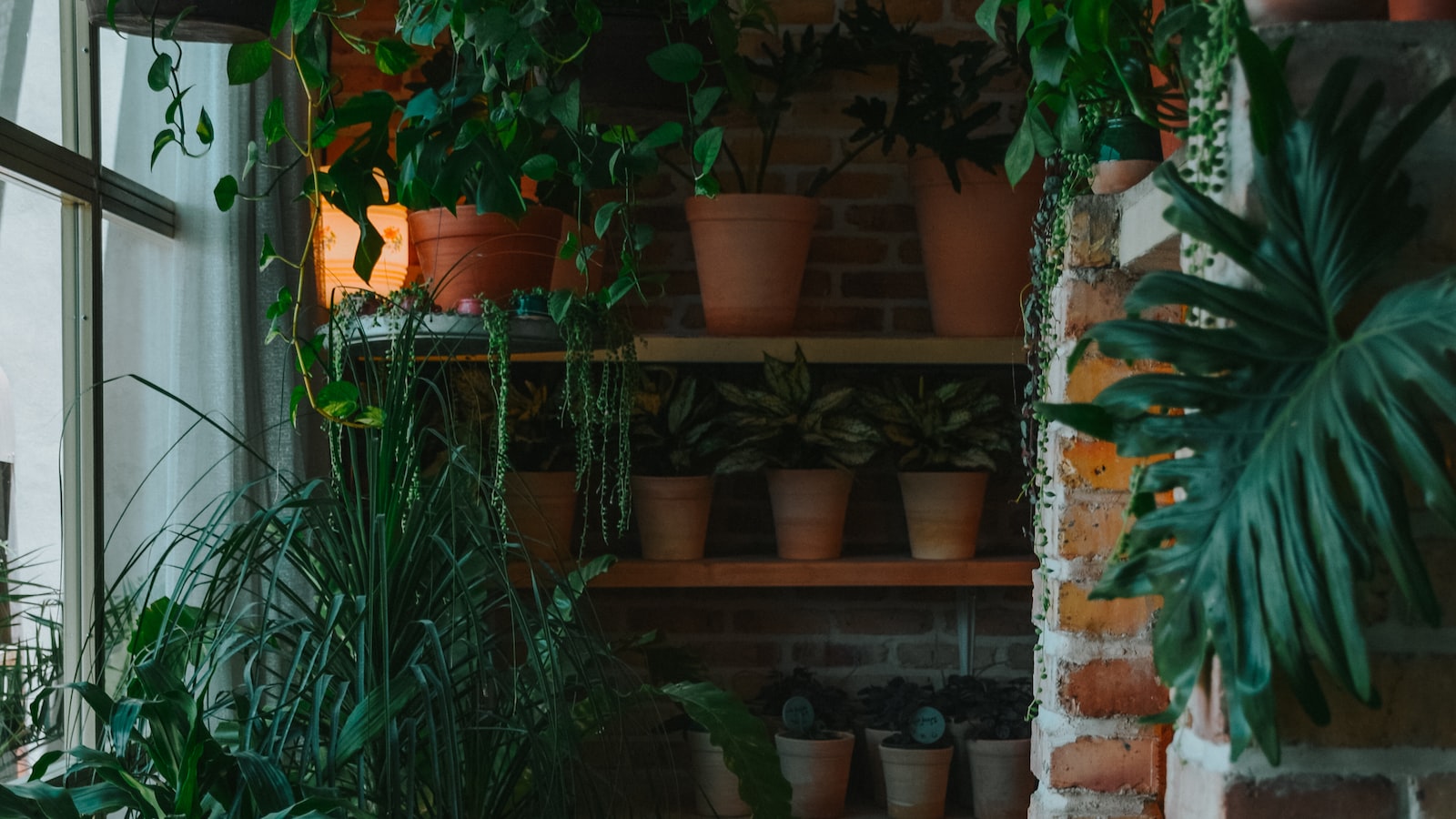Growing Peppers Indoors – Guidelines & Tips
If you’ve been looking for a fun and rewarding hobby, growing peppers indoors may be the ideal option for you. Not only do they require minimal effort, but they are also a great way to add some spice and flavor to your dishes. Growing peppers indoors can be challenging, but with the right guidance, it can be a successful and enjoyable experience.
Choosing the Right Variety
The first step in growing peppers indoors is to select the right variety of pepper for your growing area. Many pepper varieties do not grow well indoors, so it is important to select one that will thrive in enclosed spaces. Consider the temperature of your growing space and the amount of light available when making your selection. Varieties such as jalapenos, habaneros, and Anaheims are some of the top-performing peppers when it comes to indoor growth.
Ensuring Proper Soil Conditions
Soil conditions play a key role in the success of any pepper crop. Be sure to select a well-draining potting soil, one that is specifically designed for peppers, and one that is free from any weed seeds. You want to provide your pepper plants with the best growing conditions possible, so choose a potting soil that is rich in organic matter and nutrients.
Adequate Watering Practices
Watering is essential for growth, so it’s important to provide your pepper plants with consistent moisture levels. Aim to water your pepper plants once every few days, making sure to soak the soil thoroughly. Avoid overwatering, as this can lead to root rot. Your pepper plants will need less water during the cooler months, such as winter, so adjust your watering schedule accordingly.
Fertilizing & Pruning
Fertilizing your pepper plants periodically is highly recommended. Choose a quality fertilizer for your plants and apply it when needed. Depending on the type and brand, liquid fertilizers are usually applied every other week, while soluble powders are applied once a month. Pruning is also necessary for encouraging healthy growth and for keeping your pepper plants looking lush and attractive. Trim off any brown, dead leaves or stems as needed.
Harvesting & Storage
As your pepper plants start to produce, you’ll be able to start harvesting your peppers. For the best flavor, wait until the peppers are fully-matured before harvesting. Be sure to use a garden shears to remove the peppers from the plants, as this will cause minimal damage. Peppers can also be stored in the refrigerator or freezer for long-term storage.
Conclusion
Growing peppers indoors is an enjoyable and rewarding experience. With the right soil, water, and nutrient conditions, you can have a successful pepper crop. Choose your pepper variety carefully, provide consistent watering, fertilize if needed, and practice proper pruning and harvesting techniques to ensure high-quality and flavorful peppers.



